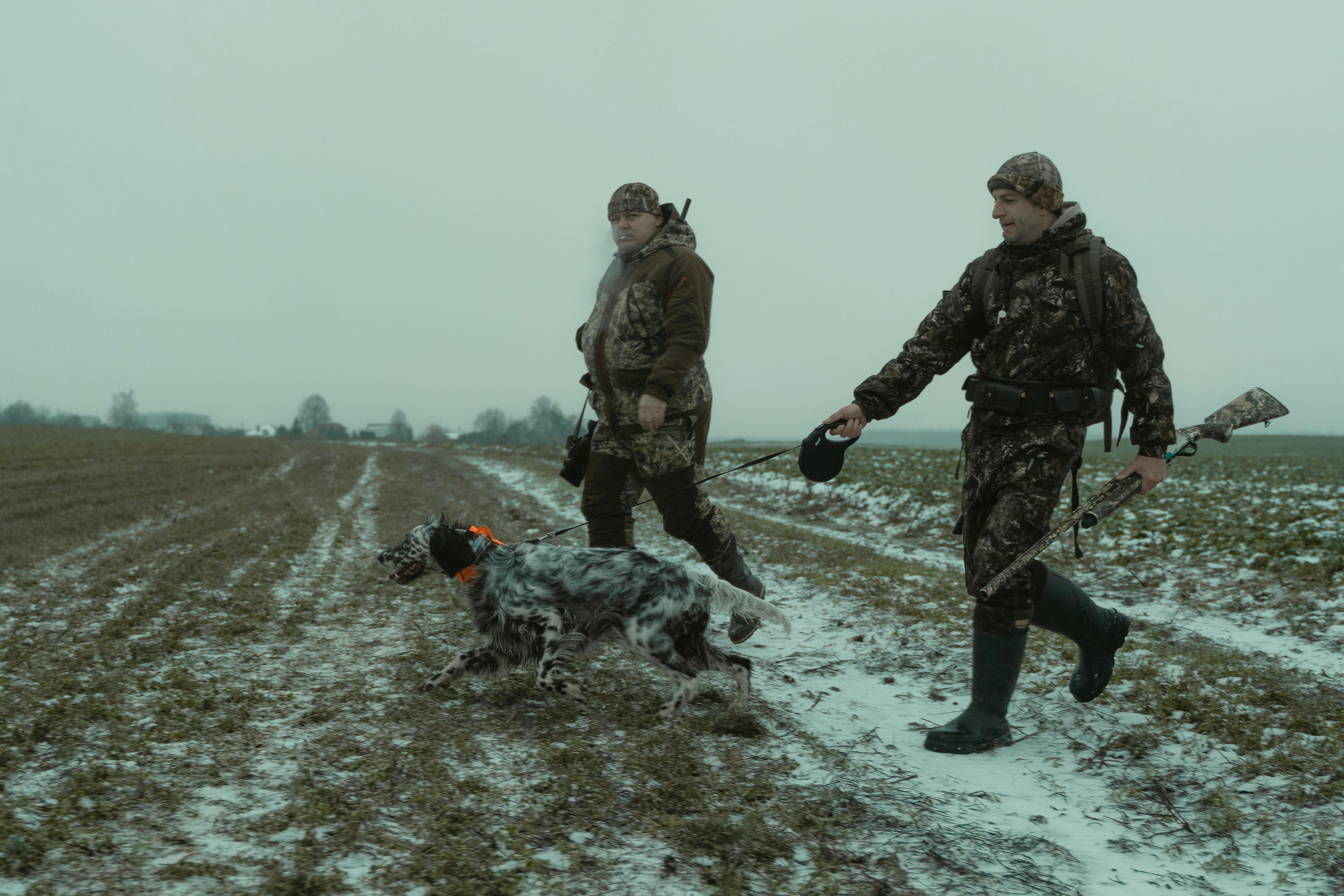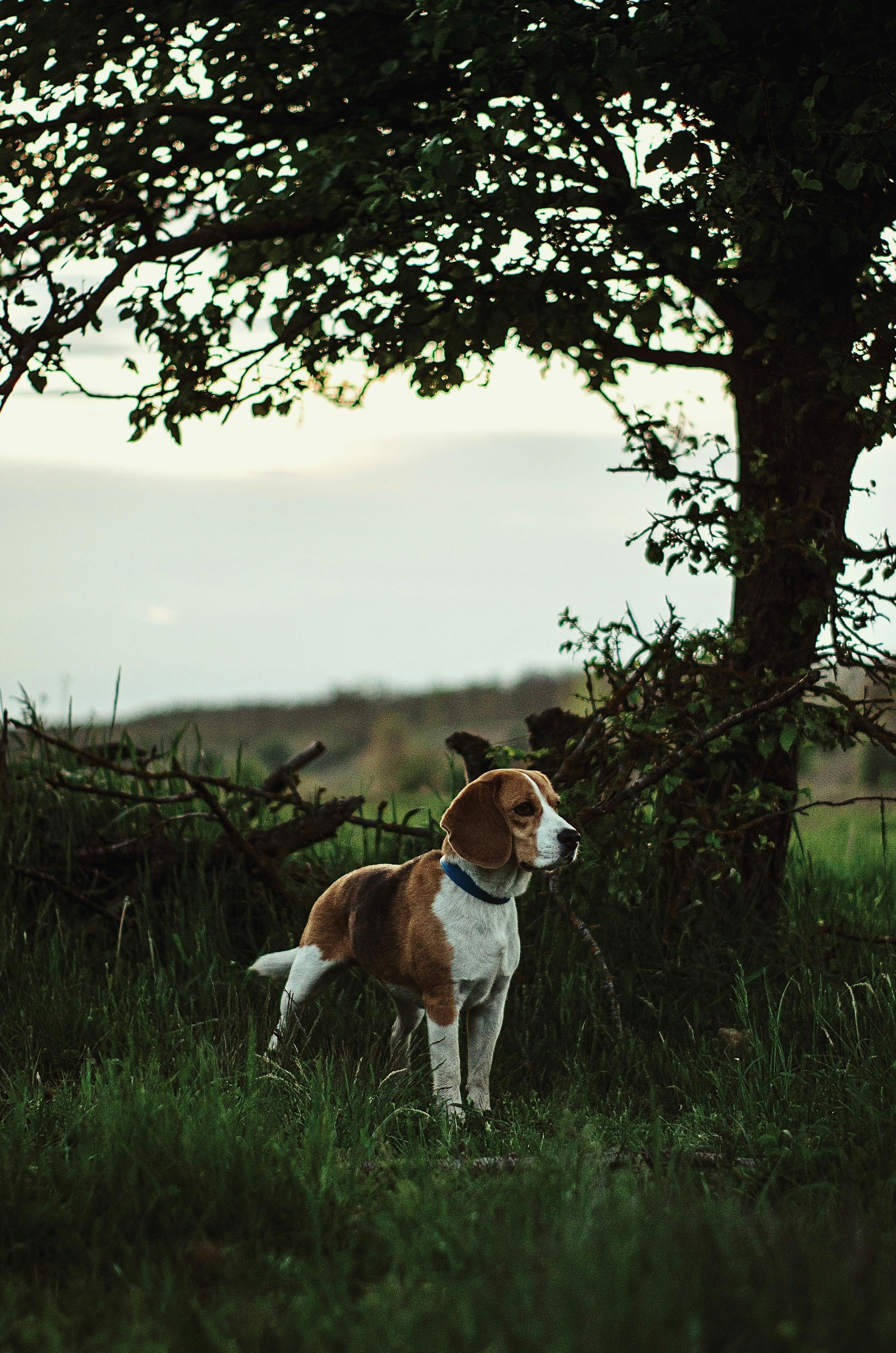How to Train Dog to Shed Hunt Like a Pro
Shed hunting has surged in popularity, blending outdoor adventure with dog training excitement. Learning how to train dog to shed hunt opens doors to bonding, fitness, and even competition. This guide offers a comprehensive, practical roadmap to help your dog become a successful shed hunter, whether you’re just starting or refining advanced techniques.

Understanding the Fundamentals
Before diving into advanced training, it’s essential to understand the basics of shed hunting. Shed hunting is the process of searching for antlers that deer, elk, and moose naturally shed each year. Dogs, with their incredible sense of smell and obedience potential, are ideal companions for this activity.
Understanding the core concepts behind scent detection, obedience, and motivation forms the foundation for effective training. Just as a building needs a strong base, so too does a shed hunting dog.
1.1 The Importance of Scent Recognition
Scent recognition is the primary tool a dog uses to locate shed antlers. Dogs can detect antler scent, which carries trace proteins and oils left by the animal. According to canine scent studies, dogs can detect scents up to 40 feet away under ideal conditions.
Training your dog to associate that scent with a reward is key. Unlike random object retrieval, this skill requires repeated exposure and positive reinforcement. Avoid assuming your dog will automatically know the difference between a toy and an antler.
1.2 Obedience as a Cornerstone
Obedience training is the skeleton of all effective dog disciplines. Without solid obedience, your dog may chase wildlife, ignore cues, or wander dangerously. Basic commands like “sit,” “stay,” “come,” and “leave it” are vital before any specialized shed hunting work begins.
Think of obedience as the steering wheel that keeps your dog focused during distractions. Reinforcing commands in real-world environments builds reliability over time.
Practical Implementation Guide
Now that you understand the fundamentals, it’s time to implement them through structured training. Like any learned skill, teaching your dog how to train for shed hunting takes consistency, patience, and the right tools. Results will vary based on breed, age, and previous training exposure.

2.1 Actionable Steps
- Step 1: Introduce Scented Antlers: Start by introducing real or synthetic antlers scented with deer gland extract. Allow your dog to sniff and become curious.
- Step 2: Use Dummy Antlers and Scent Rags: Train retrieval using dummy antlers. Wrap them in scent rags to simulate real-world smells without injury risk from sharp points.
- Step 3: Gradually Increase Difficulty: Begin in a controlled area, then transition to wooded terrain. Introduce distractions like wind, other animals, or uneven surfaces.
2.2 Overcoming Challenges
Common obstacles during shed dog training include distraction, fear of antlers, and inconsistency in scent tracking. Here’s how to overcome them:
- Distraction: Train in low-distraction environments before progressing outdoors.
- Lack of Motivation: Use high-value treats and praise to keep your dog engaged.
- Fear of Antlers: Start with rubber training antlers before transitioning to real ones.
- Weather Impact: Wet and cold conditions can dilute scent trails. Train during different seasons.
Watch for signs of fatigue or disinterest. If your dog loses focus often, scale back sessions to 10–15 minutes with breaks. Consulting experienced trainers can also provide insight tailored to your dog’s breed and temperament.
Advanced Applications
Once your dog consistently retrieves shed antlers in practice settings, it’s time to level up. Advanced training prepares your dog for competition, multiple terrain types, and even working alongside other dogs. This phase tests precision, endurance, and search patterns.

3.1 Scent Grid Training
Scent grid training involves setting up a search area divided into grids where antlers are hidden. This method teaches systematic searching instead of random wandering. Dogs trained this way increase efficiency and success rate. A study from 2022 showed trained scent-grid dogs found sheds 40% faster than untrained dogs.
Use flags or natural markers to outline zones. Gradually increase the area and complexity. This tactic simulates real-life hunting patterns more closely and builds search discipline.
3.2 Dual-Purpose Training
Some dogs are trained for multiple hunting purposes, including bird retrieval or tracking. Integrating shed hunting into this skill set enhances utility. However, be aware of cross-scent confusion, which can derail progress.
To manage this, use distinct verbal cues and gear for each activity. Consistency and separation of training sessions ensure your dog understands its current task.
Future Outlook
Technological advancements and improved breeding programs are shaping the future of shed dog training. GPS tracking collars, automated scent dispensers, and virtual training programs are becoming more common.
In the next 3–5 years, expect increased professionalization in shed dog competitions and more recognition of scent-specific breeds. Handlers who stay current with new tools and techniques will lead the way in competitive and recreational fields.
Conclusion
Three main takeaways for anyone learning how to train dog to shed hunt include: the value of scent association, the necessity of foundational obedience, and the importance of consistency. Together, these elements prepare dogs for successful shed hunts across varied environments.
Now is the perfect time to begin. Start with simple drills, grow your dog’s confidence, and keep training fun. For those interested in refining their approach, consider consulting a professional trainer or attending a shed dog trial event.
Frequently Asked Questions
- Q: What is shed hunting with dogs? Shed hunting is the activity of using trained dogs to locate antlers naturally shed by deer or other animals in the wild.
- Q: How do I start training my dog for shed hunting? Begin with basic obedience, then introduce your dog to antlers using scent association and retrieval games.
- Q: How long does it take to train a shed hunting dog? It typically takes 3 to 6 months of consistent training, depending on breed, age, and prior experience.
- Q: Is shed dog training expensive? Costs range from $100 for basic tools to over $1,000 if working with a professional trainer or entering competitions.
- Q: How does shed hunting compare to other dog sports? Shed hunting is less physically demanding than agility but requires more scent training than obedience trials.
- Q: Is shed hunting training difficult? It can be challenging without prior training experience, but step-by-step instruction makes it accessible to most dog owners.
- Q: Can I train any breed for shed hunting? Yes, but retrievers, spaniels, and scent hounds typically perform best. Tailor your training based on breed instincts.
